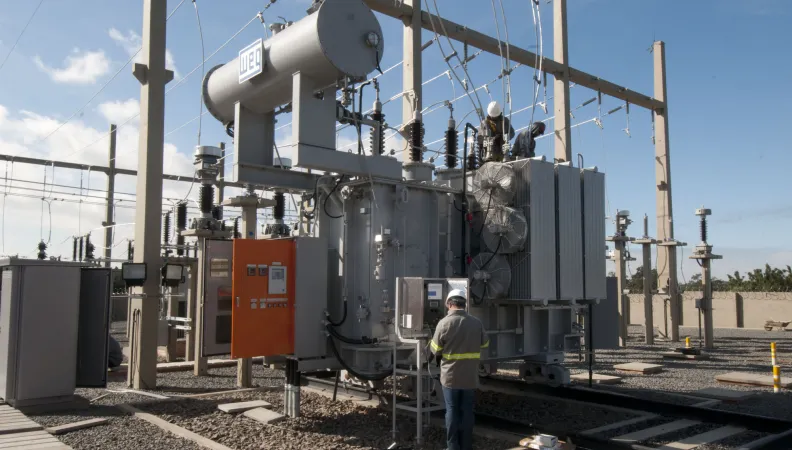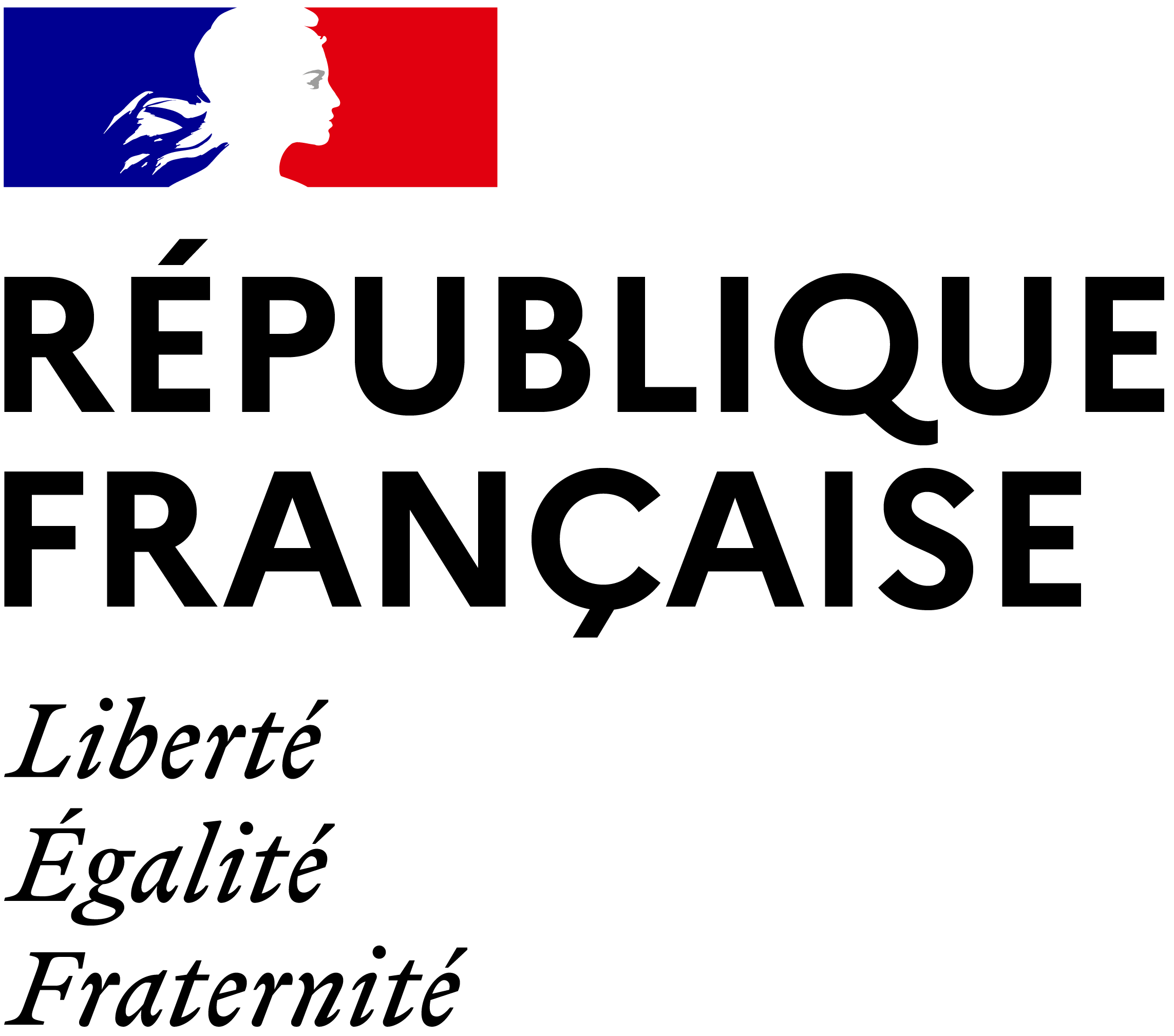Share the page
Upgrading the power grid in the State of Rio Grande do Sul
Project
This project is carried out with the support of the European Union



-
Project start date
-
Status
Ongoing
-
Project end date
-
-
Project duration
-
24 years
-
AFD financing amount
-
US$ 146561943
-
Country and region
-
Location
-
Rio Grande do Sul
-
Type of financing
-
Beneficiaries
-
CEEE-D, CEEE-GT
This project is carried out with the support of the European Union

The content of this project information sheet falls under the sole responsibility of the AFD and does not necessarily reflect the opinions of the European Union.
AFD is supporting economic development by helping secure the power grid and improve service quality. The aim of increasing the energy efficiency of the distribution grid is set out in the State’s climate plan.
Context
Brazil is the world’s seventh largest energy consumer and the largest in South America, with 41% of the matrix composed of renewable energies. In the State of Rio Grande do Sul, the State-owned company Companhia Estadual de Distribuição de Energia Elétrica (CEEE) covers a quarter of its territory and serves a client base of 3.5 million inhabitants with a 66,000 km grid of transmission lines. With a structural rise in demand of some 3.2% a year in the State, CEEE’s power grid and generation/transmission system require a large-scale reinforcement and extension in order to support the economic development of the region.
Description
The program aims to support Brazil’s growth and meet the needs of the population by promoting a more reliable and more efficient power distribution system. It thereby contributes to the national objectives of developing a low-carbon power sector.
The investments comprise the upgrading and extension of generation infrastructure (rehabilitation of the hydropower plants in Ijuizinho, Passo Real and Itaúba) and of high- and medium-voltage transmission infrastructure (construction/rehabilitation of 24 substations (69 kV), renewal of 70 voltage transformers, equipment of 20 remote control substations) and, finally, improvements in CEEE’s commercial performance by upgrading the integrated business management system.
Impacts
- The program will improve access to electricity for over 3 million people by reducing the frequency and duration of power cuts.
- The installed capacity of the three hydropower plants will increase by 15 MW, meaning a reduction of 15,000 tons of CO2.
- 1.5 million people will be connected thanks to the capacity increase of 623 megavolt amperes and the laying of 47 km of transmission lines.


